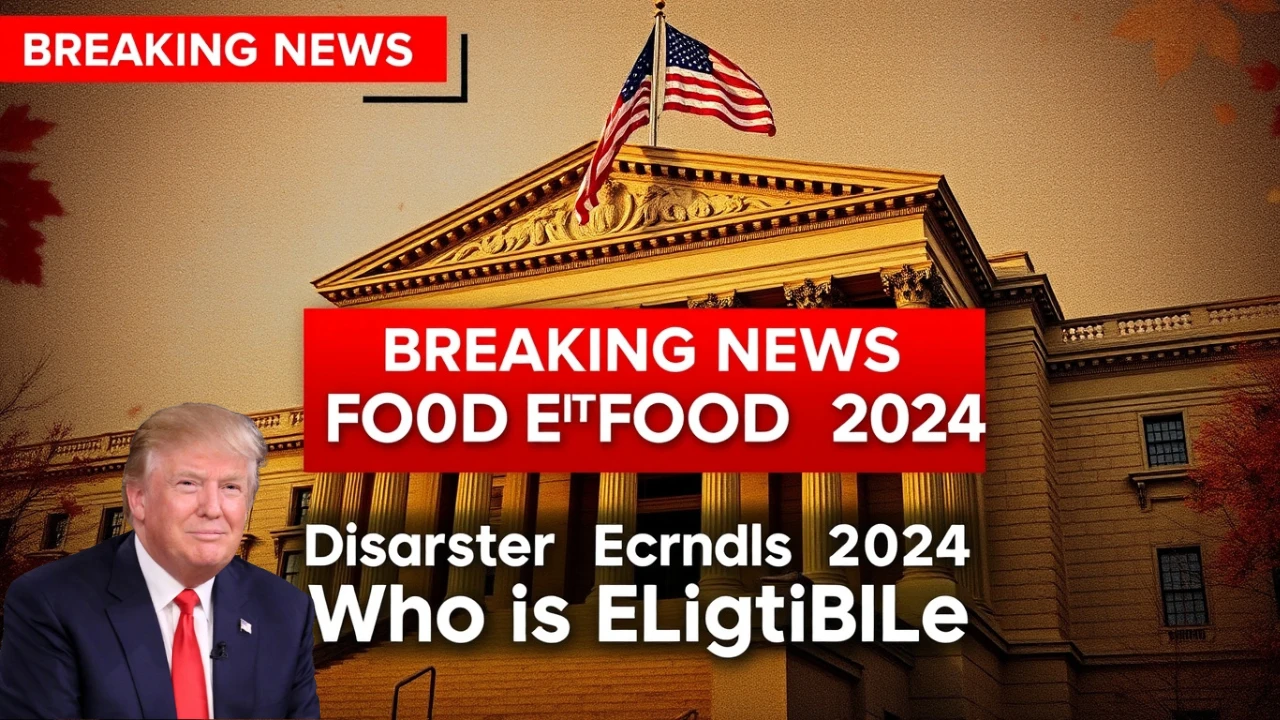When disaster strikes, the struggle to meet basic needs like food can be overwhelming. In Florida, residents affected by hurricanes, floods, or other natural disasters have a valuable lifeline in the form of the Disaster Supplemental Nutrition Assistance Program (D-SNAP). This program is specifically designed to help individuals and families who face a temporary loss of income or property due to a disaster but don’t qualify for regular SNAP benefits. Here’s a comprehensive guide to help you understand eligibility, application steps, and key tips for accessing D-SNAP in 2024.
What is D-SNAP and Why is it Important?
The Disaster Supplemental Nutrition Assistance Program (D-SNAP) provides temporary food assistance to individuals and families recovering from a natural disaster. Managed by the Florida Department of Children and Families (DCF) and supported by federal authorities, D-SNAP helps residents who have incurred financial or property loss due to the disaster. The program is designed for those not currently receiving regular SNAP benefits but in need of immediate help.
D-SNAP eligibility and deadlines vary based on the specific disaster, and each disaster declaration creates a designated application period. For example, many Floridians benefited from D-SNAP following Hurricane Ian in 2022. It is essential to apply quickly and correctly to access support during recovery.
Eligibility Criteria for D-SNAP in 2024
To qualify for D-SNAP, applicants must meet these three core criteria:
- Residency: You must live or work in a county designated as a disaster zone by the federal government.
- Disaster-Related Loss: Proof of specific losses due to the disaster is necessary. This can include:
- Home Damage: Damage to your primary residence.
- Income Loss: Lost or reduced income resulting from the disaster.
- Food Loss: Spoiled or lost food due to power outages.
- Other Costs: Expenses like hotel stays, transportation, or repair costs related to the disaster.
- Income and Asset Limits: The income limits vary based on household size. For instance, in 2022, a family of three could qualify if their monthly income was $2,737, though these limits are adjusted annually. Always check for the most current information on the D-SNAP website.
Common Examples of Eligible Disaster Losses
Here are some common situations where you may qualify for D-SNAP:
- Home Flooding: If your home was flooded, you might be eligible for assistance due to the costs of repairs or temporary accommodation.
- Lost Wages: If your job was affected by the disaster, leading to loss of income, you can use this as evidence.
- Food Spoilage: Extended power outages that result in spoiled food can be documented to support your application.
How to Apply for D-SNAP in Florida
Applying for D-SNAP involves several steps: pre-registration, a required interview, and submitting documentation of your losses. Here’s the process:
Step 1: Pre-Registration
Pre-registration is required before applying for D-SNAP. This step involves submitting an online form with details about your household, income, and disaster-related expenses. It’s important to submit your registration during the brief window that opens shortly after the disaster is declared.
Pro Tips for Pre-Registration:
- Be Accurate: Double-check the accuracy of your details, such as household members, income, and disaster-related losses.
- Meet the Deadline: Pre-registration has a set timeline, and missing it could prevent you from receiving benefits.
- Use Official Resources: Visit myflfamilies.com/DSNAP for the most up-to-date information.
Step 2: Interview
After pre-registration, you’ll need to complete a short interview to verify your information. These interviews are scheduled by county and often organized alphabetically by last name. Interviews can be conducted in person or by phone.



